Maserati’s elegant new Ghibli broadens the brand’s appeal

The new Maserati Ghibli feels slightly anachronistic, at first. Here is a car pitched well below the rest of the Maserati range, yet which practically shares its dimensions with the flagship Quattroporte saloon. It also has the same name as one of the marque's most celebrated historic models. So, what role is the Ghibli meant to have?
It is very much the spearhead of Maserati's push into new markets and sales. The company has ambitious plans to triple sales within the next few years and the Ghibli is instrumental to this scheme, along with an as-yet-unseen new SUV.
This kind of car is almost sold on appeal alone, and the Ghibli definitely makes a strong statement compared to the competent but bland machines that it's going up again - BMW's 5-Series, the Audi A6 and Mercedes E-Class. Only the Jaguar XF shares its flair. But it's certainly a decent first effort, a lithe, long four-door that makes no attempt to cloak its size. If anything, both the exterior scale and chunky cabin detailing imply that this is a machine pitched at American highways and traffic conditions (as well as the all-important Chinese market), not the rather more cramped roads of Europe.
The famous three-pronged trident looks right at home within the big grille, with little flourishes like the triple vents down the flanks and chromed logo on the C-pillar ensuring the Ghibli stands out from the crowd. Your point of difference is even more marked once you fire up the engine, and the stentorian bark emitted from the exhaust leaves you (and people within a wide radius) in no doubt that this is something a little bit special.
Maserati is selling the Ghibli as the ultimate sporting saloon, hoping to tempt high mileage business types into something with a bit more verve than what they're used to. There are three models, beginning with a diesel V6 (the same engine is also making its way into the Quattroporte - a nakedly commercial decision that would once have been considered sacriligeous) and culminating in the Ghibli S, all 410bhp of it.
Whichever way you look at it, the new Ghibli is a big saloon. Granted, it's not quite as large as the Quattroporte, but there are only 30cm separating the two, and while the latter is the latest in a distinguished line going back to the 1960s, the new Ghibli has to forge a new identity. Like so many modern performance cars it's very easy to drive, although the raucous exhaust note doesn't help its stealth capabilities.
Maserati's most recent cars have walked a fine line between elegance and exhibitionism, with the marquee seemingly unsure how to hit the sweet spot in between. The Ghibli might not have much in common with its Sixties namesake, but it has far less to prove than its siblings. It harks back to the days when Maserati was a true alternative, a quirky choice for the individual. For a car designed to sell big, it still stands out from the crowd.
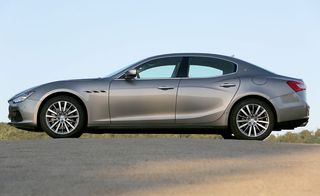
The Italian auto marque is selling the Ghibli as the ultimate sporting saloon, hoping to tempt high mileage business types into something with a bit more verve than what they're used to
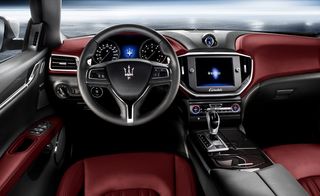
Inside, the chunky cabin detailing implies that this is a machine pitched at American highways and traffic conditions
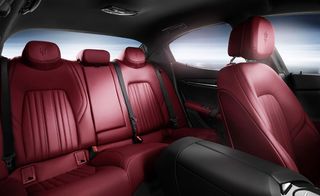
The car's long wheelbase offers one of the roomiest - and most comfortable - interiors in the sports sedan category
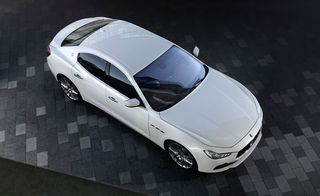
Wallpaper* Newsletter
Receive our daily digest of inspiration, escapism and design stories from around the world direct to your inbox
Jonathan Bell has written for Wallpaper* magazine since 1999, covering everything from architecture and transport design to books, tech and graphic design. He is now the magazine’s Transport and Technology Editor. Jonathan has written and edited 15 books, including Concept Car Design, 21st Century House, and The New Modern House. He is also the host of Wallpaper’s first podcast.
-
 ‘Bio-spaces’ exhibition at Roca London Gallery celebrates biophilic design
‘Bio-spaces’ exhibition at Roca London Gallery celebrates biophilic design‘Bio-Spaces: regenerative, resilient futures’ opens at the Roca London Gallery as ‘a call to action to stop designing nature out’
By Clare Dowdy Published
-
 Les Lalanne’s surreal world takes over Venice
Les Lalanne’s surreal world takes over Venice‘Planète Lalanne’, presented by Ben Brown Fine Arts, takes over Palazzo Rota Ivancich, with a cast of blue hippos, woolly sheep and giant grasshoppers
By Hannah Silver Published
-
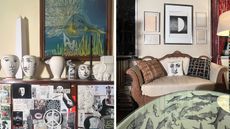 At home with Barnaba Fornasetti
At home with Barnaba FornasettiBarnaba Fornasetti invites us into Casa Fornasetti, a private residence and creative hub, as he carries on its founder’s perpetual exploration of creativity and design
By Maria Cristina Didero Published